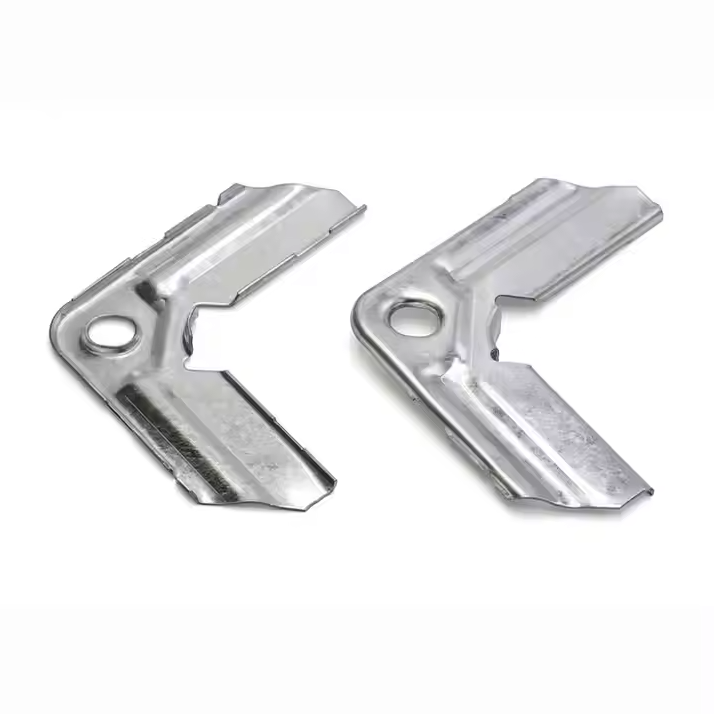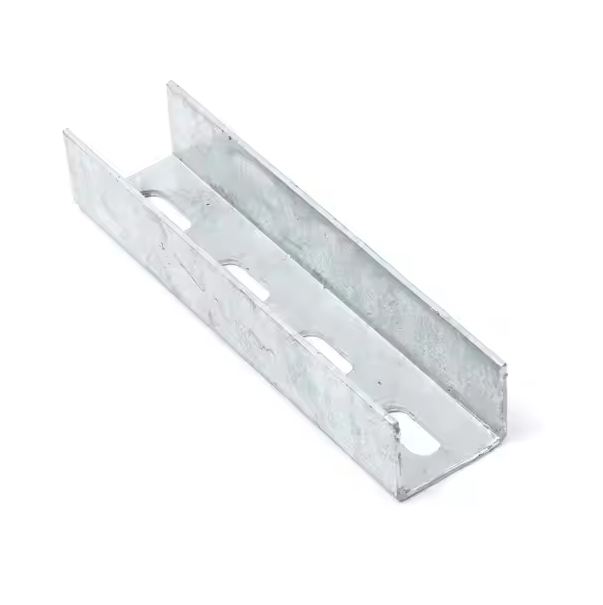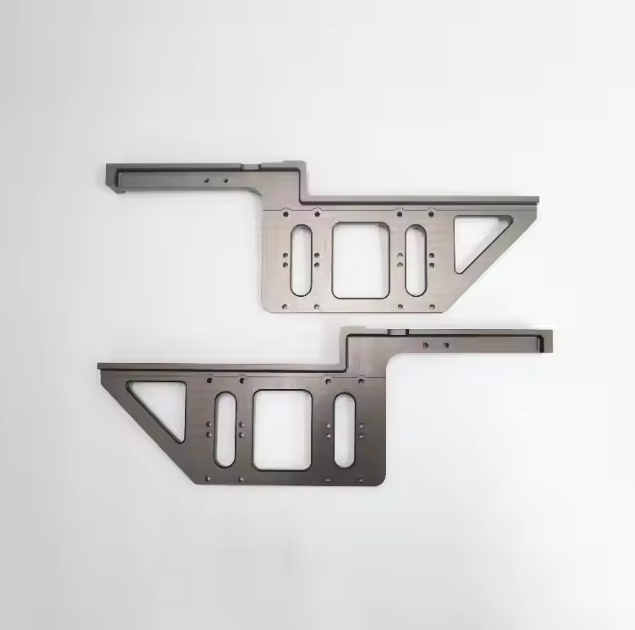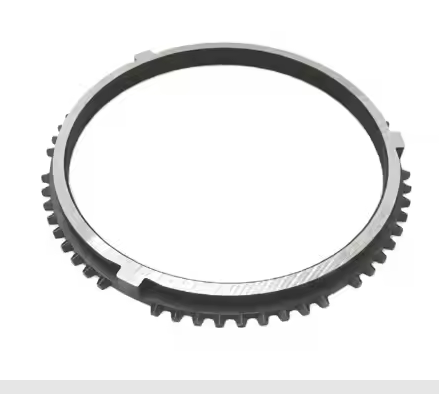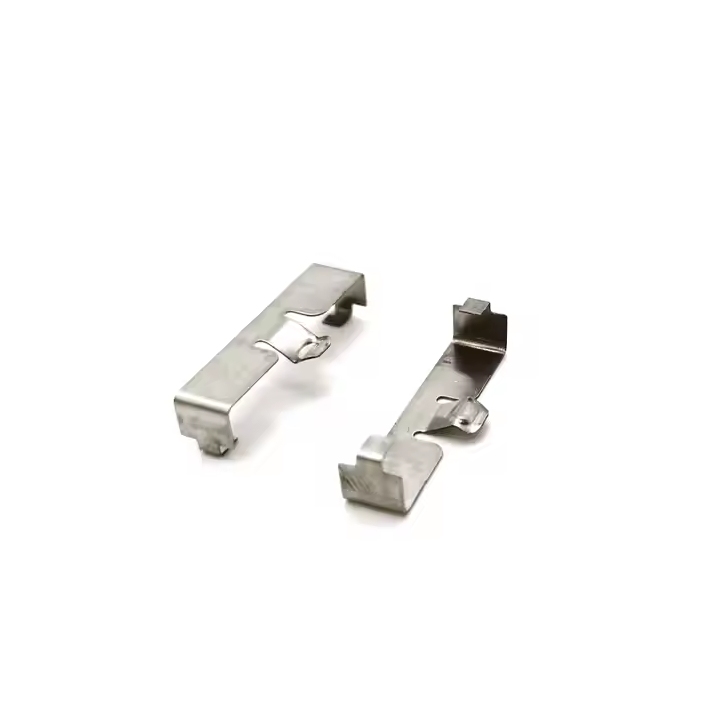In the field of new energy vehicles, stamping parts are widely used in key components such as body structure, power system and battery pack, helping new energy vehicles to make important progress in lightweight, durability and safety. Stamping technology helps achieve lightweight, enhance structural strength and reduce costs in efficient mass production in the production of new energy vehicles.
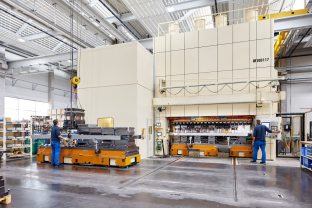
Main application scenarios of stamping technology in new energy vehicles
Body structure
Stamping parts are used in the body frame, door panels, roof, chassis and other parts of new energy vehicles. These stamping parts are mostly made of lightweight materials such as high-strength steel and aluminum alloy, and advanced stamping processes are used to ensure the lightweight and strength of the parts. Lightweighting helps reduce the overall weight of the vehicle, thereby improving the battery's range and energy efficiency.

Battery box and bracket
Battery packs are the core components of new energy vehicles, and stamping parts play an important role in the manufacture of battery boxes. Aluminum stamping parts are widely used in the manufacture of battery housings and brackets due to their light weight and high strength. In addition, the stamping process can also provide higher protection for the battery box, ensuring better protection for the battery in the event of a collision.

Power system components
In the electric drive system of new energy vehicles, stamping parts are often used to manufacture motor housings, connecting brackets of transmission systems, etc. These parts require high precision and strength. The stamping process can ensure their processing accuracy and achieve a lighter design while meeting the strength requirements, which is conducive to improving the efficiency of the power system and overall lightweighting.
Thermal Management System
The thermal management system of new energy vehicles requires reliable metal structure support to maintain battery performance in high and low temperature environments. Stamping parts can be used as heat sinks or cooling sheets in thermal management systems to help dissipate heat and maintain the optimal operating temperature of the battery. In addition, stamping parts can also be used in combination with other materials to achieve better heat dissipation effects.
Structural and safety support parts
Stampings can also be used as structural support parts to improve vehicle safety, such as energy absorption boxes, collision beams and anti-collision bars. These parts absorb energy in the event of a collision and increase occupant safety. By using stampings made of high-strength materials, new energy vehicles can meet strict safety standards while maintaining lightweight.
Common hardware materials for new energy vehicles
Aluminum alloy: Due to its light weight and high strength, aluminum alloy is widely used in body, chassis, battery housing, heat sink and other parts, which can effectively reduce vehicle weight and improve endurance. In addition, aluminum alloy also has good corrosion resistance and thermal conductivity, which is suitable for the requirements of new energy vehicles for lightweight and thermal management.

High-strength steel: High-strength steel has excellent durability and impact resistance. It is mainly used in body frames, collision protection beams and safety structural components to enhance the rigidity and safety of the body. This material can moderately reduce weight while maintaining strength, and is a common choice for body stamping parts.
Stainless steel: The corrosion resistance, heat resistance and strength of stainless steel make it suitable for battery trays, battery module structures and other components. Its stability can protect batteries in harsh environments and extend the service life of battery components.
Copper and copper alloys: New energy vehicles have high requirements for electrical conductivity. Copper is widely used in motors, connectors, cables, battery connectors and other components due to its excellent electrical conductivity. Copper alloys are also used in some heat dissipation systems to provide efficient thermal conductivity.
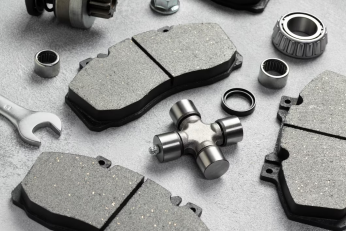
Magnesium alloy: Magnesium alloy has extremely light weight and good strength-to-weight ratio, and is used in parts with high weight reduction requirements, such as door frames, seat brackets and steering wheel frames. It helps to further reduce the weight of the vehicle body, but its molding is difficult and the processing technology is still under development.
Titanium alloy: Titanium alloy is gradually being used in some high-end new energy vehicles due to its high strength, corrosion resistance and light weight, mainly in the fields of wheels, bodies and structural parts. Although the cost is relatively high, the excellent performance of titanium alloy makes it very popular in the pursuit of extremely lightweight design.
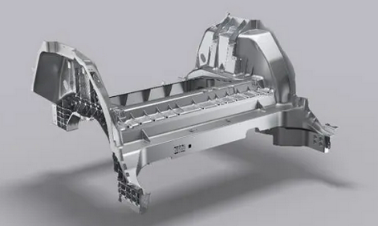
Advantages of stamping technology in the field of new energy vehicles
Lightweight design: Stamping technology can use high-strength, lightweight materials, such as aluminum alloy and high-strength steel, to manufacture parts such as the body structure and battery housing of new energy vehicles. Since stamping parts can reduce weight while maintaining strength, the lightweight of the entire vehicle can be achieved, thereby increasing the range of new energy vehicles.
Precision and consistency: New energy vehicles have high requirements for component precision, especially key components such as battery housings, motor housings and structural supports. The stamping process can ensure the consistency of part size and shape, improve the efficiency of the assembly process and the stability of product quality, which is crucial to meeting the stringent quality requirements of new energy vehicles.
Strength and durability: Stamped metal parts have good mechanical properties and structural strength, and are suitable for energy-absorbing and impact-resistant structural parts, such as body frames and battery protection devices. These high-strength stamped parts can enhance the rigidity of the body structure and improve the collision safety performance of the vehicle.
Efficient mass production: Stamping technology is very suitable for mass production, which can reduce the manufacturing cost of new energy vehicle parts. Modern automated stamping equipment can achieve unmanned production, thereby improving production efficiency and consistency, which helps to meet the market demand of new energy vehicles on a large scale.
Material cost savings: The stamping process has a high material utilization rate, which reduces waste generation, especially for large-area metal parts such as battery components and body frames. By optimizing material arrangement and reducing unnecessary cutting, the stamping process can reduce the cost of manufacturing materials, which is of positive significance for energy conservation and emission reduction.
The widespread use of stamping parts in new energy vehicles demonstrates their value in improving vehicle lightweight, safety and energy efficiency. It is expected that with the further development of electric vehicle technology in the future, stamping technology and its material innovation will continue to promote the development of new energy vehicle manufacturing.
Choose Xuanmin, you will enjoy professional and efficient production services. We have advanced automated stamping equipment and an experienced technical team, which can quickly respond to orders of different complexities and ensure the quality and precision of each product.
We use high-quality metal materials and strictly control the processing process to minimize waste and achieve effective cost savings. In view of the high standards of new energy vehicle parts, we provide comprehensive technical support and customized processing solutions to help you improve the competitiveness of your products. Contact us to start your product production!
